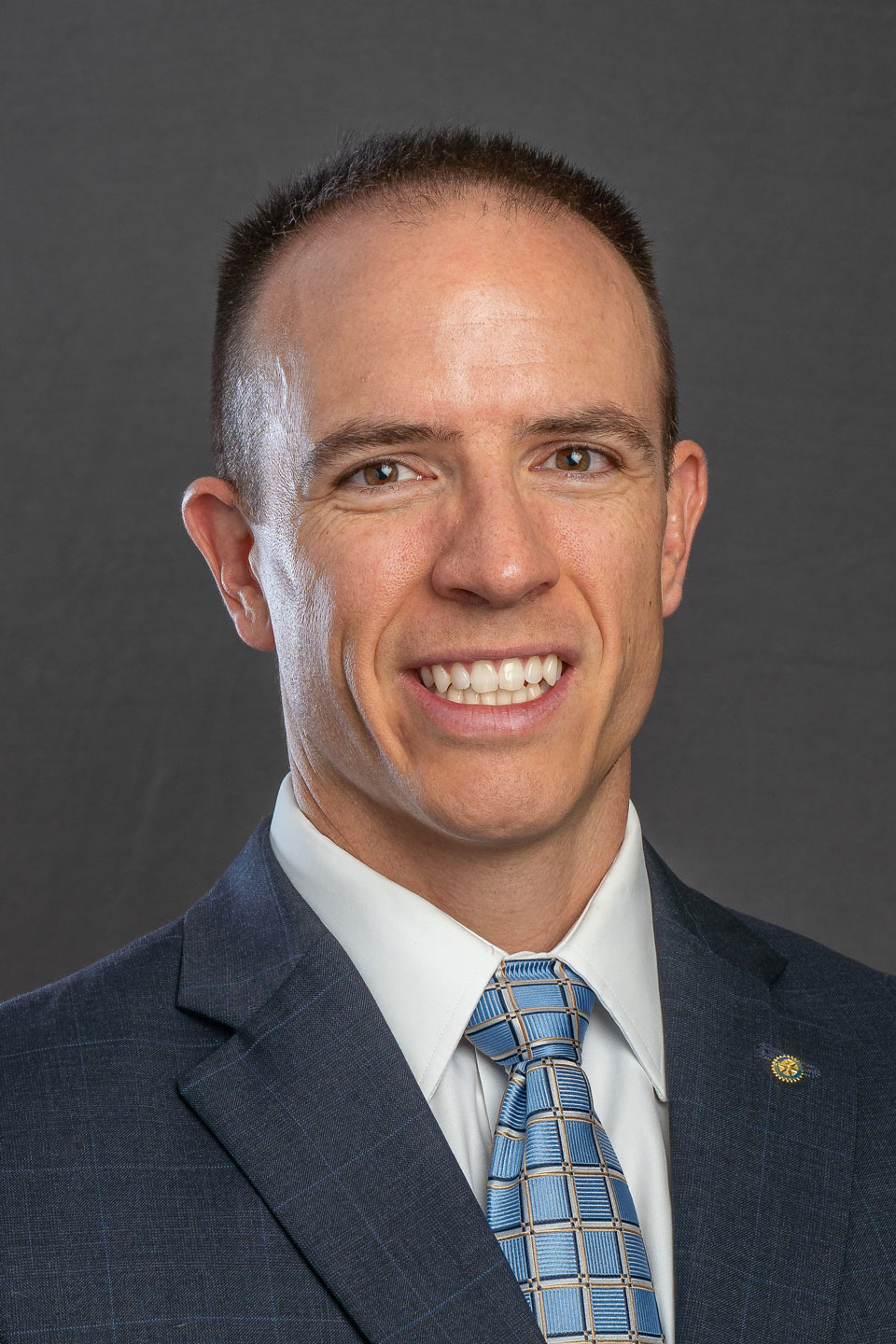Is Social Security Secure?

With banks collapsing, the Fed still fighting inflation, and the government routinely having to raise the debt ceiling, it’s fair to ask how America’s largest retiree income source is holding up. But before we analyze a snapshot in time, 2023, let’s discuss how we got here.
The Past
The most influential social programs in America today, which touch the financial plan of every household and business, stem from the Great Depression era. To be precise, the majority of these developments were born out of FDR’s advisory group, known as the Brain Trust. In 1932, three very progressive professors from Columbia University guided the president-elect with the framework for FDR’s New Deal, and a new enormous government.
The greatest of these initiatives was passed by Congress on August 14, 1935—the Social Security Act. Similar to its purpose today, the act aimed to address unemployment, disabilities, and retirement pensions. Old-Age, Survivors, and Disability Insurance (OASDI) as it’s known entwined itself into the fabric of America. What many considered to be a temporary rescue package in a time of crisis, meant to relieve poor, older citizens no longer able to work and without kids around to care for them, became a new and permanent framework for American society.
At Social Security’s inception, American employees and employers each paid into the system 1 percent of a worker’s first $3,000 of wages. After almost three years of funding, the program got to work. As the Great Depression faded into the background, Social Security retirement benefits solidified the first federal government program not dependent on need, meaning whether poor or affluent, benefits would still be provided. While a concrete formula tying benefits to contributions did not exist, nor does it nearly a century later, FDR was wise enough to make every American emotionally vested in the program, labeling it an entitlement, not a charity.
Describing Social Security’s political shield of having every worker’s skin in the game, Roosevelt bragged, “We put those payroll contributions there so as to give the contributors a legal, moral, and political right to collect their pensions and their unemployment benefits. With those taxes [Social Security portion of income tax withholdings] in there, no damn politician can ever scrap my social security program. Those taxes aren’t a matter of economics, they’re straight politics.”
On January 31, 1940, Ida Fuller received the first Social Security check for $22.54 at the age of 65. She paid $24.75 into the system between 1937 and 1939 based on her total income of $2,484 in those few years. Ida went on to live to be 100 years old. She collected $22,889 from Social Security before her death in 1975, or 924 times what she contributed to the system.
Despite this ominous warning, Social Security initially appeared to be mathematically sustainable. In 1945, there were 41.9 tax-paying workers to every 1 Social Security beneficiary. Just 8 percent of the American population was over the age of 65, the normal retirement age (NRA) to collect benefits. The average life expectancy for men was 64 and for women, 68. America welcomed the growing program and its ability to help niche cases.
On the other end of the spectrum, the Fair Labor Standards Act in 1938 said that persons under 18 years old could no longer work in mining or manufacturing, but those older than 14 could work in any situations deemed not to be “oppressive.” The need for this act illustrates just how many young people were seeking any work possible. In 1945, 52.1 percent of children dropped out of high school to pursue full-time work. In summary, there were a lot of people working for a long period of time to help a few people for a short period of time. It fit the population and the population fit it.
The Present
Fast-forward roughly 80 years, about one lifetime, and what was once an idea in a time of despair has become America’s second-largest budget item, costing over $1 trillion annually. Over 64 million Americans are Social Security beneficiaries; that’s more than half the entire population when the program began. The average retirement benefit in 2022 was $19,512 annually. The Center on Budget and Policy Priorities cites that 38 percent of seniors would live in poverty without Social Security. Nine out of ten Americans over the age of 65 receive benefits, accounting for the bulk of America’s active beneficiaries. For half of America’s older adults, it provides over half of their income. Retirees expect their Social Security payment.
Can FDR’s baby survive? The pessimist will point to the Social Security Administration’s own admittance that trust funds, totaling $2.9 trillion in 2021, will be exhausted by 2033 if nothing changes. The imbalance of paying more benefits out than collected in taxes occurred for the first time in 2021 and is projected to worsen every year moving forward. It is the unraveling of an evolving equation; as of 2022, there are only 2.8 taxpaying workers per beneficiary.
But the optimist will note that the long-term gap between funds and benefits amounts to just 1 percent of annual gross domestic product (GDP) over the next 75 years. Not to mention if Congress opts to push forward without any changes to taxes or benefits, taxable income should cover 76 percent of projected benefits in each year after the trust funds are exhausted.
The costs of security are immense. The 2023 budget of the US government projects a spending of $5.79 trillion. The costliest items are Medicare and Medicaid at $1.38 trillion (24 percent) and Social Security totaling $1.31 trillion (23 percent). For comparison’s sake, the remainder of the US budget comprises defense spending at $795 billion (14 percent), nondefense discretionary (education, transportation, etc.) at $915 billion (16 percent), and other mandatory programs (health insurance subsidies, SNAP, housing assistance, federal civilian and military retirement, etc.) at $993 billion (17 percent).
The Future
Somewhere between seniors banking on their social security benefits to pay their bills and millennials questioning if the program will even exist when they retire, lies solutions to the puzzle. Whether politicians like it or not, here are their options they must someday present to voters:
- Lengthen Today and Shorten Tomorrow
This exercise does have precedent in America, particularly with the full retirement age (FRA) for Social Security. There are seven different payout ages for people born between 1943 and 1960, but there are no changes thereafter. With babies being born in 2023, that is a 63-year gap that desperately needs addressing. A solution could be more longevity indexing, deferring the FRA further. This effectively makes the today of working and paying tax into the system longer, and the tomorrow of collecting benefits shorter. - Contribute More Today
If it feels too late to ask a retiree to pick up the slack, federal, state, and local governments can change their laws to effectively move money from one pocket to another once workers are past the payroll tax phase of their career. As of 2021, there is over $11.8 trillion sitting in IRAs, and over 28,600 taxpayers have IRAs worth over $5 million. These tax-deferred retirement accounts can be taxed in different manners to offer future revenue in step with market growth as a way to subsidize faltering pensions. Social Security seized this opportunity in 1984 when President Ronald Reagan’s administration began taxing Social Security annuities, which were then taxed even more in 1993 under President Bill Clinton. Raising taxes on Social Security benefits to maintain the system may appear to be simple window dressing, which it is, but it can provide the mental assurance to future retirees that the system will still be there. - Scrap It
Just as the private sector has moved from defined benefit pension plans to defined contribution plans (i.e. 401(k) and IRA), so might the general public. New York City has tinkered with this idea as under certain circumstances, NYC employees can exempt themselves from Social Security and/or Medicare taxes by contributing at least 7.5 percent of pay to a defined contribution plan (403(b), tax deferred annuity, 457 plan, etc.). The same money that would have gone to Social Security and Medicare is recaptured and placed in a retirement account in the employee’s name, giving them flexibility in investment decisions and eventual distribution options. - Kick the Can
Lastly, the US can continue the same course as it has the past three decades and continue to uphold their Social Security promise on the back of more debt. Like anyone who can’t afford to pay their bills and has had to charge their credit card further can attest, digging a deeper hole is bound to lead to collateral damage.
For more information on America’s entitlement programs and how they fit into the overall economy, check out Bryan Kuderna’s book, WHAT SHOULD I DO WITH MY MONEY? Economic Insights to Build Wealth Amid Chaos.
Analysis by the man who wrote the book on What Should I Do with My Money?
Written by Bryan M. Kuderna.
Have you read?
Countries With The Most Billionaires, 2023.
How to stop doubting yourself by Téa Angelos.
Why the change in the workplace is the biggest risk for psychological injuries by Kerry Howard.
The Art of Embracing Mistakes In Business to Unlock Unprecedented Growth by Dr. Erik Reis.
What Technologies Will Shape the Travel Industry For the Better by Ilya Rouss.
Add CEOWORLD magazine to your Google News feed.
Follow CEOWORLD magazine headlines on: Google News, LinkedIn, Twitter, and Facebook.
Copyright 2024 The CEOWORLD magazine. All rights reserved. This material (and any extract from it) must not be copied, redistributed or placed on any website, without CEOWORLD magazine' prior written consent. For media queries, please contact: info@ceoworld.biz








